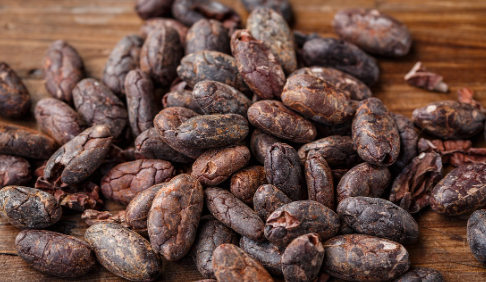$COKE $CHOC #CocoaFutures #MarketTrends #InvestmentRisks #CommodityNews #CocoaPrices #EconomicImpact #FinancialInsights #MarketVolatility #CocoaNews #GlobalTrade
Why Should You Care About Cocoa’s Price Crash? Discover the Potential Market Upheaval It Signals
Cocoa news is currently dominated by a significant downturn in cocoa futures, which have recorded substantial losses this week, signaling potential instability in the market. As prices plunge to a 20-month low, the implications extend beyond mere commodity trading; they may also reflect broader economic trends and investor sentiment.
This drastic drop in cocoa prices raises concerns among investors and analysts alike. The ongoing sell-off was fueled by a combination of factors, including oversupply, weak demand in key markets, and macroeconomic uncertainties. Such elements not only affect cocoa futures but also resonate across related sectors, highlighting the interconnectedness of global markets.
The Current Landscape of Cocoa Futures
Over the past several trading sessions, cocoa futures have seen sharp declines, with investors reacting to changing consumer behaviors and fluctuating demand patterns. In recent times, countries that are major consumers of cocoa products have reported a decline in sales, particularly in the chocolate sector, which is notably sensitive to economic conditions.
This trend has prompted several investment banks to issue warnings regarding the “extreme” nature of the sell-off. They caution that the current market conditions could pose significant risks not only to cocoa traders but also to the broader financial landscape. Such volatility can impact various stakeholders, from farmers in West Africa to multinational corporations heavily invested in cocoa production and distribution.
Understanding the Broader Economic Implications
While the immediate effects may seem localized to the cocoa market, the repercussions of this price crash could reverberate throughout the global economy. Commodities like cocoa often act as barometers for economic health, reflecting consumer confidence. Therefore, a prolonged downturn could signal deeper issues, such as inflationary pressures or declining discretionary spending.
Moreover, cocoa’s price fluctuations can influence related commodities and stock prices, making it critical for investors to monitor these trends closely. For instance, companies reliant on cocoa for their products may face squeezed profit margins, which could lead to stock price adjustments. Such scenarios underscore the importance of staying informed about cocoa news and related market movements.
Future Outlook for Cocoa Prices
Analysts predict that cocoa prices could stabilize in the coming months, provided that demand rebounds and global economic conditions improve. However, this optimism is tempered by the uncertainty surrounding geopolitical factors, trade policies, and climate change, all of which can influence cocoa production and supply chains.
Investors should consider diversifying their portfolios to mitigate risks associated with commodity price volatility. Engaging with reputable sources can help in making informed decisions. For those looking to explore other investment opportunities, the stock market offers a plethora of options that can complement the risks posed by commodities.
For further insights into stock market trends and investment strategies, you can explore relevant text.
As the cocoa market continues to evolve, staying updated on the latest cocoa news will be essential for both traders and investors. The current situation serves as a reminder of the fragility of markets and the need for vigilance in investment strategies.
In conclusion, while the cocoa market may seem niche, its implications are far-reaching. Understanding these dynamics will be crucial for navigating the complexities of modern investing and securing financial well-being in an increasingly interconnected world.











Comments are closed.